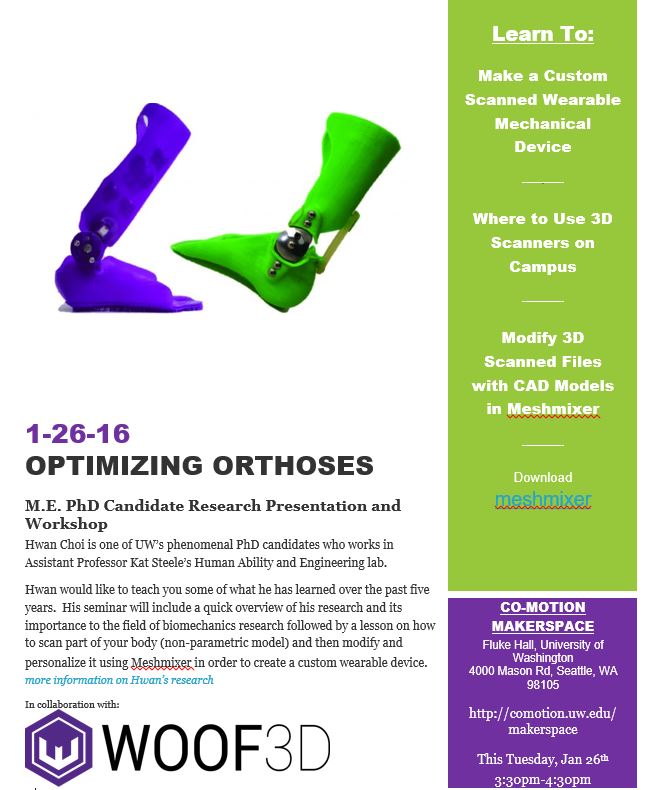After presenting her work at the national American Academy of Orthotists and Prosthetists (AAOP) in Orlando, FL, Sasha was invited to present her work locally at the Northwest chapter of AAOP here in Bellevue. Great job sharing about your research, Sasha!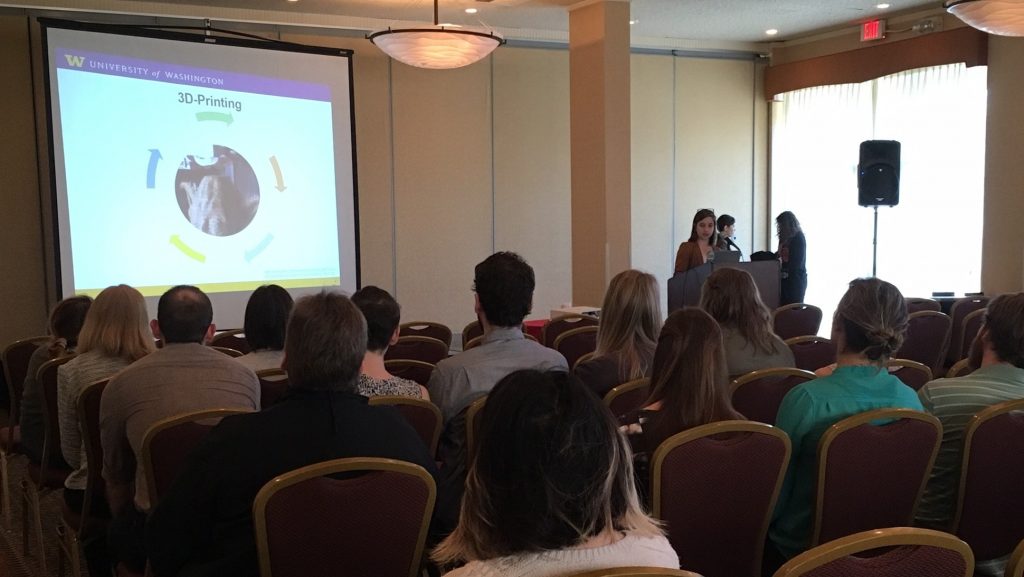
Author: Keshia
Seattle’s MESA Day (Mathematics Engineering Science Achievement)
MESA Day brought high school and middle school students from the Seattle area to North Seattle College for a morning of competitions and STEM activities, put on by volunteers in the community. Gaurav and Michael developed an activity using electromyography (EMG) sensors to teach students about neural control of muscles, how we quantify muscle activity, and how we can use that knowledge to improve quality of life. Small groups selected a “test subject” and hooked up an EMG sensor to a muscle of their choice. They then picked tasks to perform, generated corresponding hypothetical muscle activation curves, and experimentally tested their hypotheses. The attendees were impressive. Students, ages 13-18, surprised our PhD students with their curiosity, knowledge, and ability to generate hypotheses and explain their results. Overall, the students seemed to enjoy the event and we hope that we helped them think about how understanding the mechanisms of the human body can be used to improve lives.
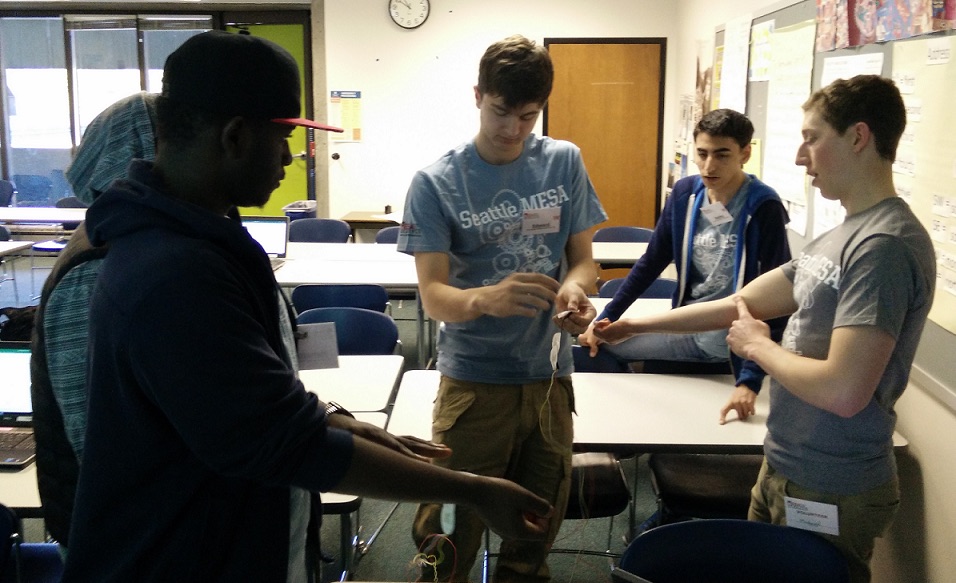 |
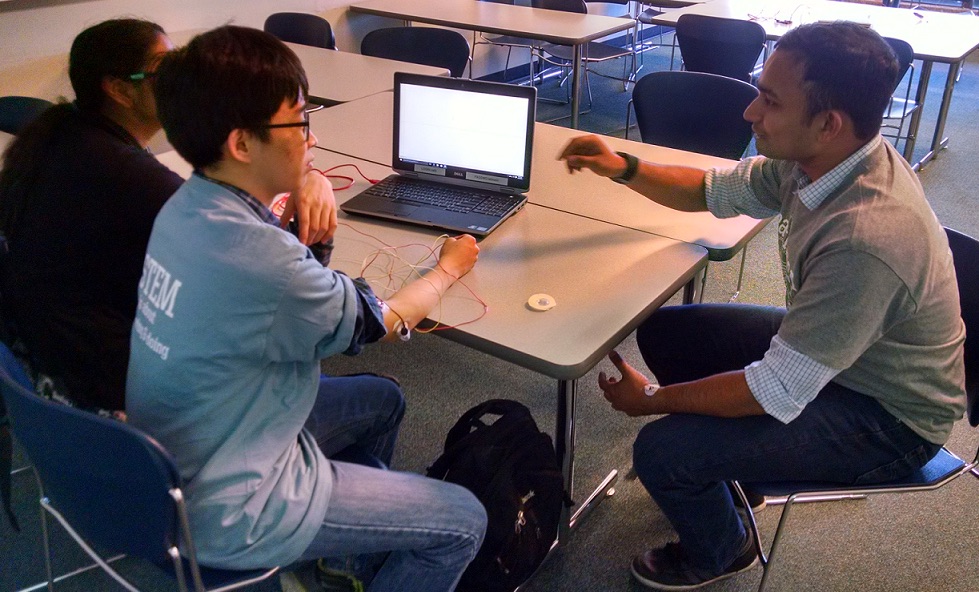 |
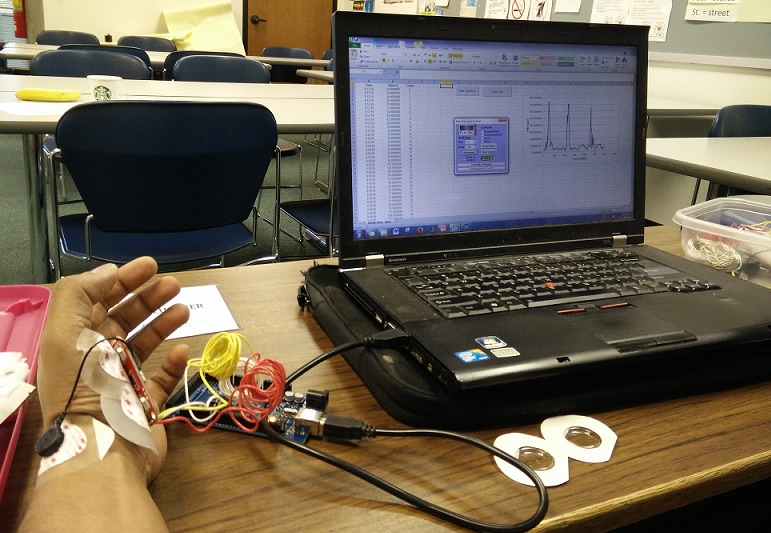 |
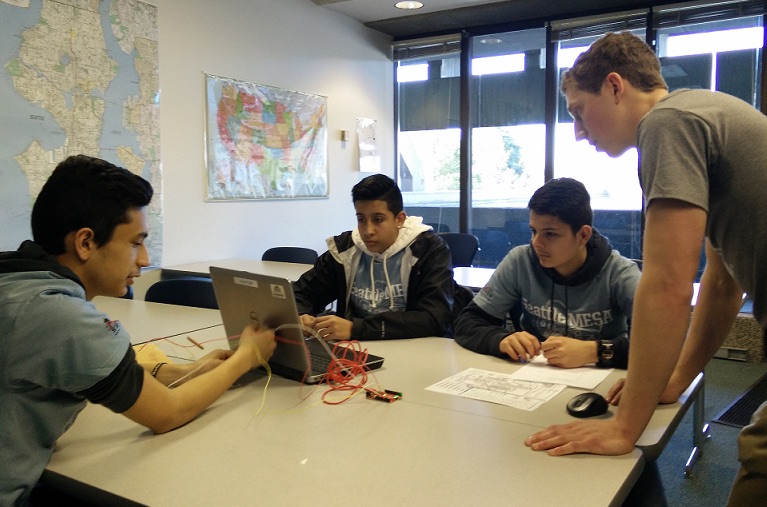 |
AWIS Presents Innovations in 3D Printing

Join us at the Fred Hutchinson Cancer Research Center to learn about innovations and research involving 3D printing. The panelists for this monthly series include our lab director, Kat Steele, along with Duane Storti from the Solheim Additive Manufactoring Lab.
What: The panelists will cover many aspects of 3D printing including: 3D printing material systems and filament, 3D printing design, analysis of 3D scan data, applications of 3D printing in medicine and other fields, and possibilities for the future from innovations in the 3D printing space. In addition to our panelists, there will be a live demonstration of 3D printing technology.
Where: Fred Hutchinson Cancer Research Center – Pelton Auditorium 1100 Fairview Ave. N., Seattle, WA 98109 – Free visitor parking
When: Wednesday – February 17, 2016 – 6:00 PM
This event is possible through the Association for Women in Science. Click here for more details about this even.
Optimizing Orthoses – Presentation & Workshop

Our very own Hwan Choi will be giving a presentation on his PhD research at the Co-Motion MakerSpace at the University of Washington. Join us on Tuesday, January 26th 3:30pm-4:30pm to learn more about his research “Optimizing Orthoses”, and how to modify 3D scanned files in Meshmixer in order to make a mechanically driven device for yourself. This event is collaboration with UW’s WOOF3D club. See below for additional details.
Webinar: Synergy-based Control in OpenSim
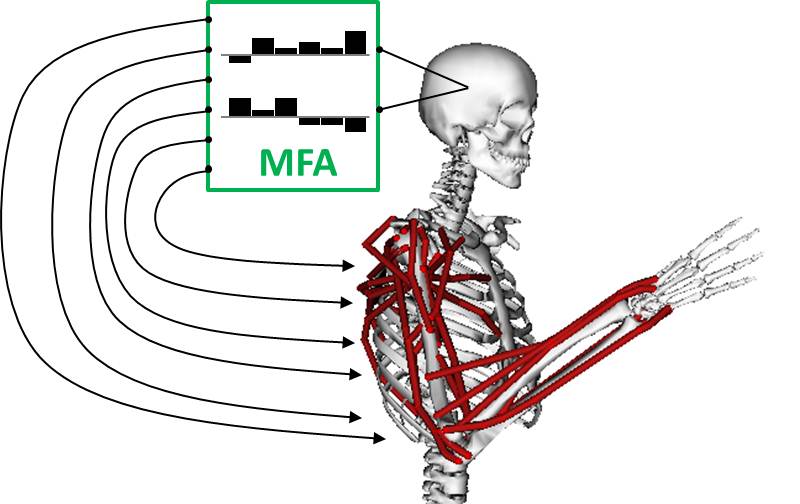 Join us January 27th for an OpenSim webinar lead by our director, Kat Steele.
Join us January 27th for an OpenSim webinar lead by our director, Kat Steele.
Details
Title: Synergy-based Control in OpenSim: Coupled Muscle Activity in Static Optimization
Speakers: Kat Steele, University of Washington
Time: Wednesday, January 27, 2016 at 10:00 a.m. Pacific Standard Time
Registration: To register for this event, click HERE. (webinar is free, but registration is required)
Abstract
How humans control movement remains an open question. One theory suggests that muscles may be activated in weighted groups, commonly referred to as muscle synergies, modes, or modules. A small number of synergies have been shown to describe
muscle activity in both animals and humans during tasks such as walking and reaching; however, whether these synergies reflect underlying neural control or other constraints remains unclear. An advantage of musculoskeletal simulation is that we can specify and test different control strategies.
In this webinar, Dr. Steele will discuss an OpenSim plug-in that lets users couple the activation of multiple muscles in weighted groups through static optimization. She will demonstrate applications of this plug-in for evaluating synergy-based control and testing the impacts of variable muscle weightings on tibiofemoral contact forces.
More information about this work can be found within the publication“Consequences of biomechanically constrained tasks in the design and interpretation of synergy analyses.”

